Description
Shield for training medieval combat or tournaments with soft armor. Perfect for frequent use with long service life.
We create our soft armor taking into account the features of the sport and practical to use. Such a shield repeats its wooden original well and it is convenient to imitate armored fights with it. It is made of two layers of durable and elastic special foam, fastened together. This gives for equipment the necessary durability for training.
This model of the shield is the most universal. The round shape and large area will give you the ability to close easily from hits. With this shield it will be comfortable to train single battles and fencing. At the same time, it is perfect for moving quickly and striking an opponent with a shield edge. Exactly what is needed for mass and professional fights. Outside, it has a covered that makes the equipment more durable.
Our equipment is made so that in the design of soft and steel armor there are no significant differences, except for their weight. Soft gear allows you to fight in as close as possible to the battles in armor and train more often.



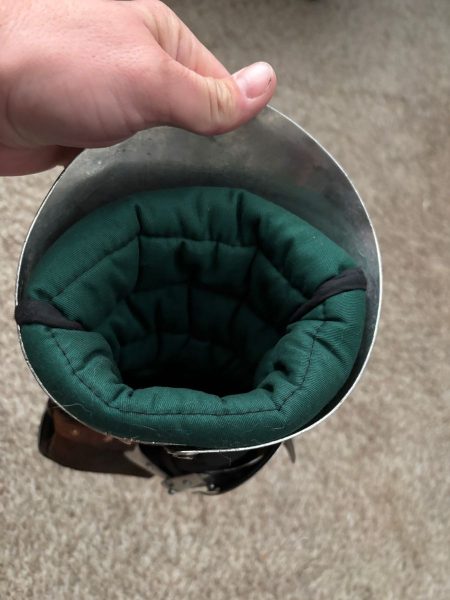

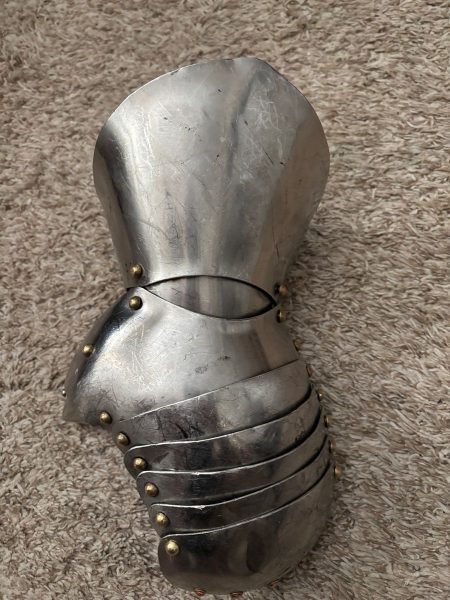
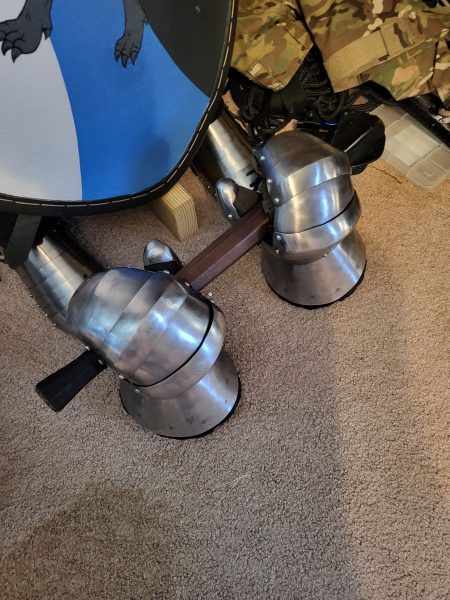
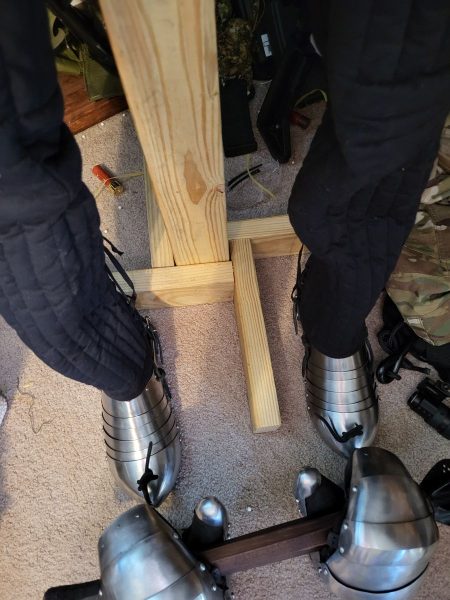
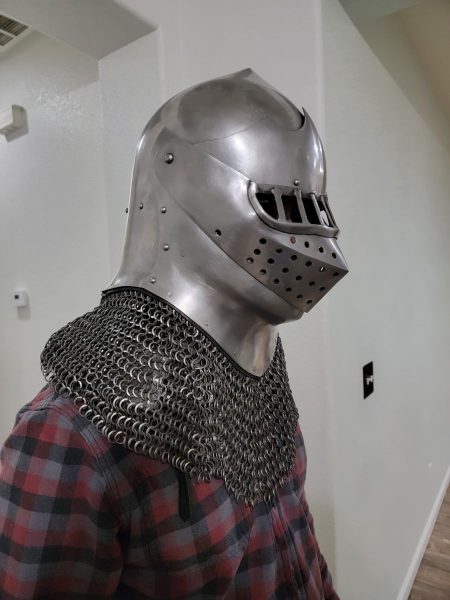
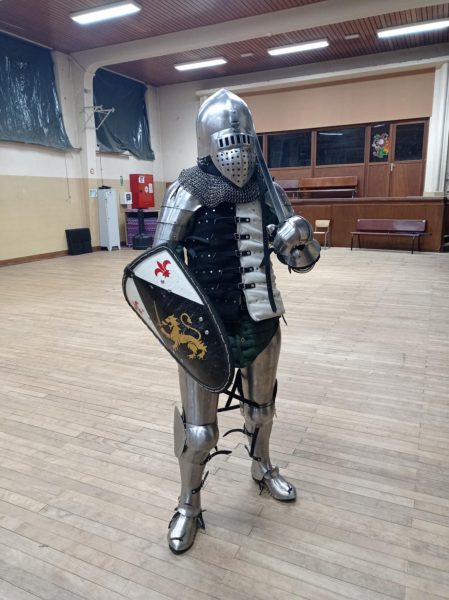
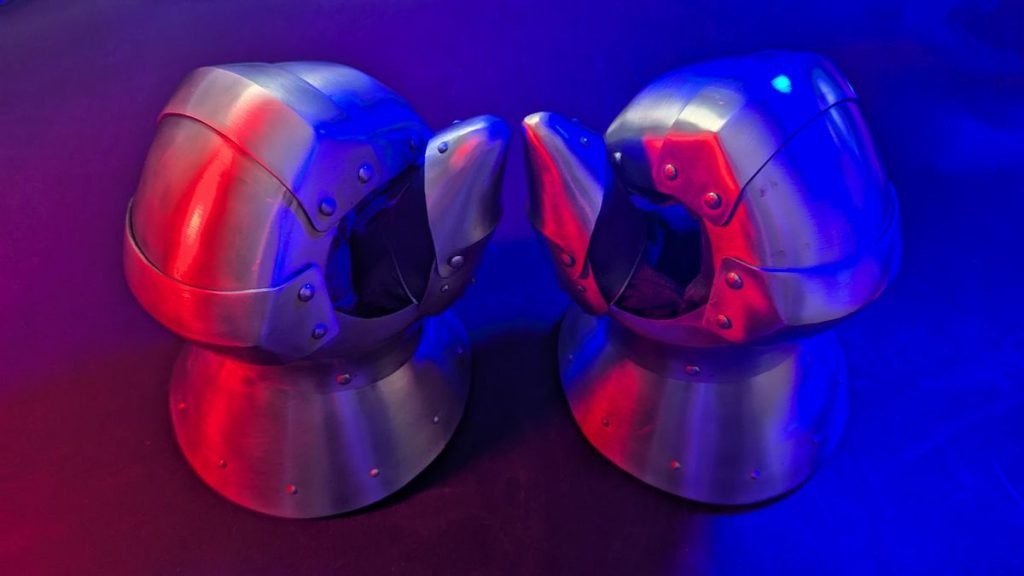


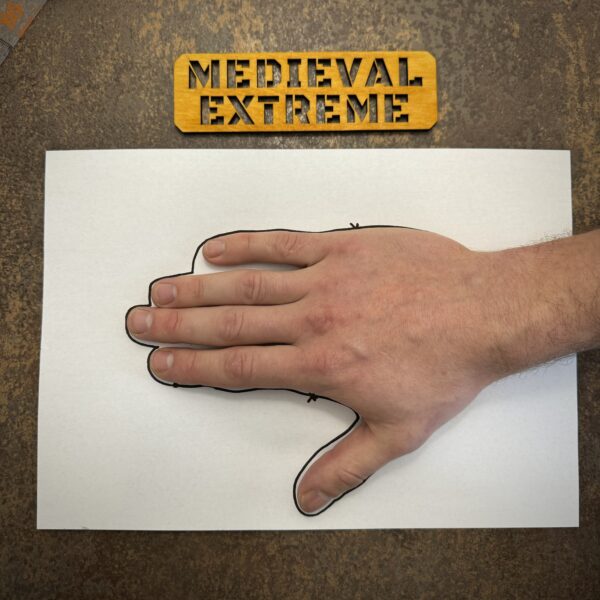
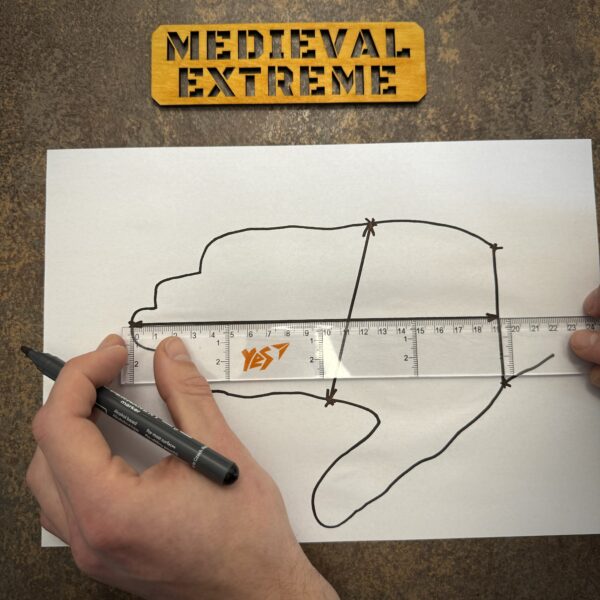
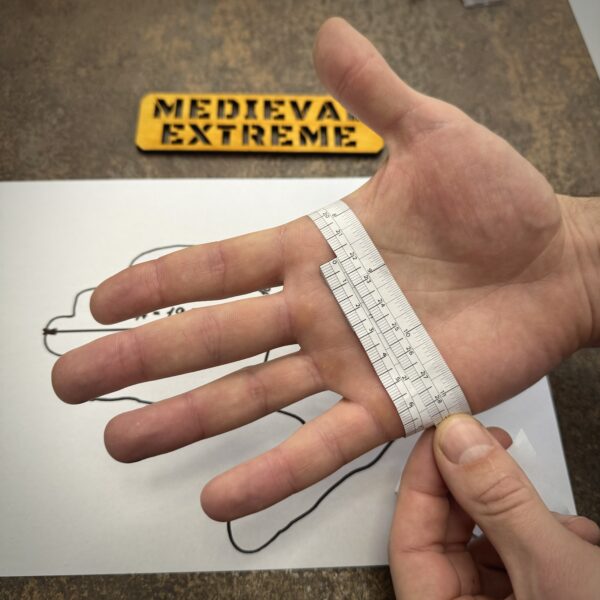
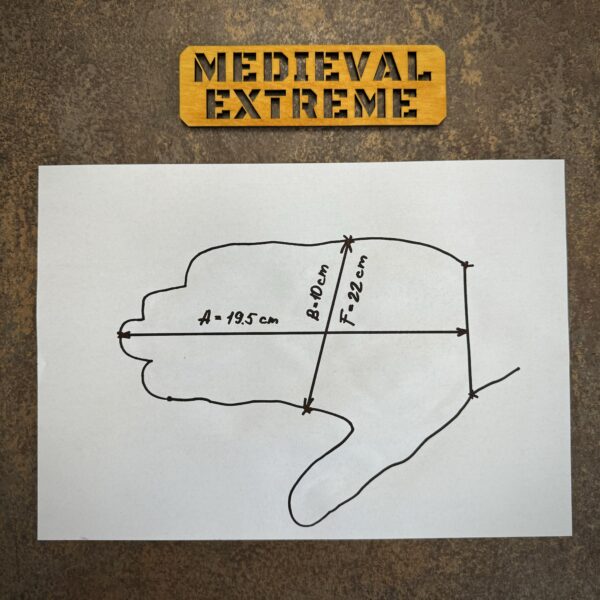
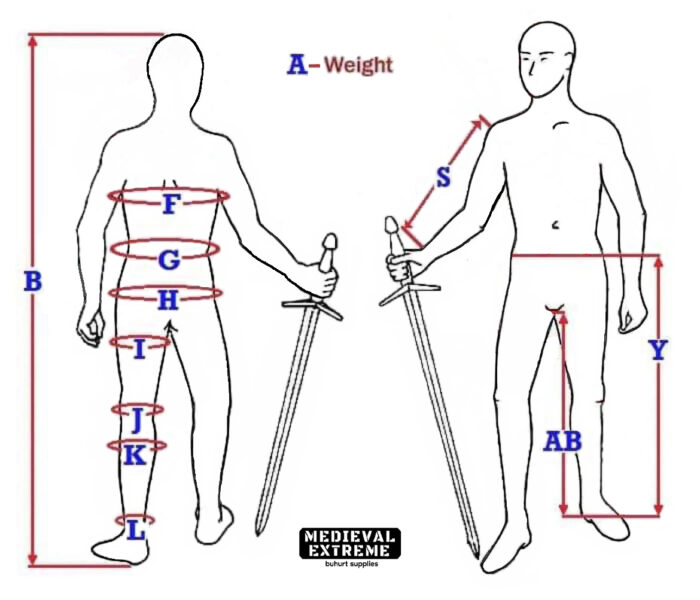
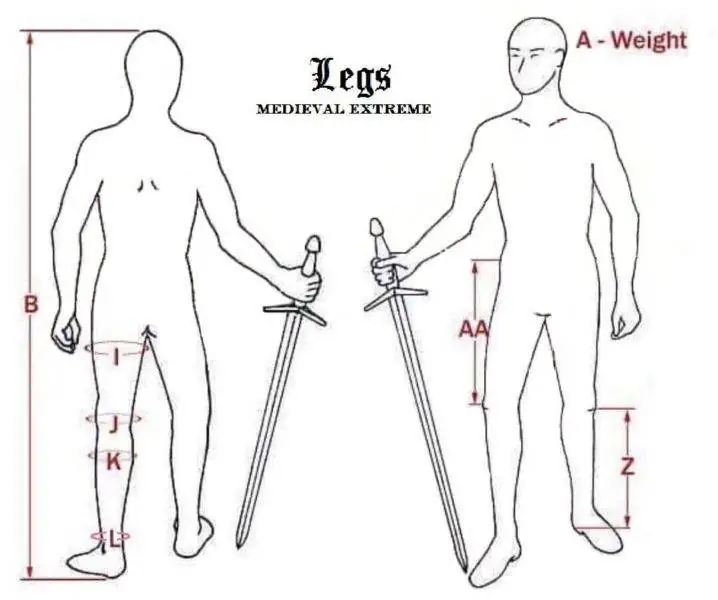
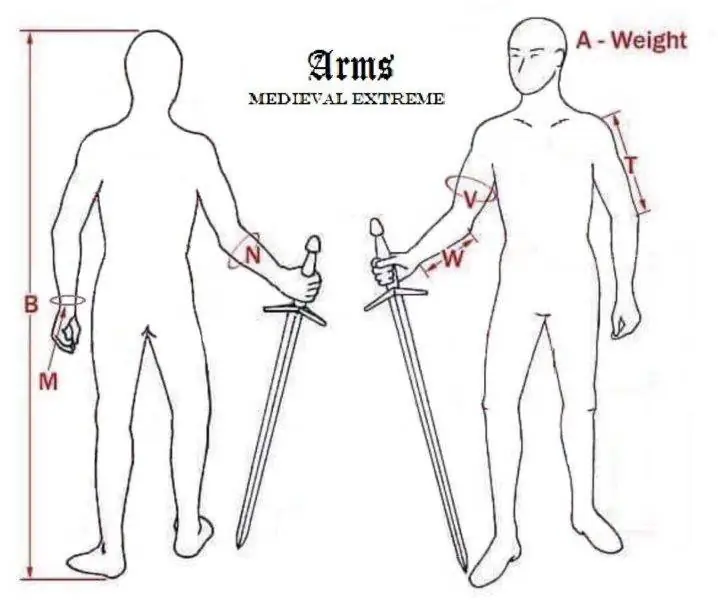
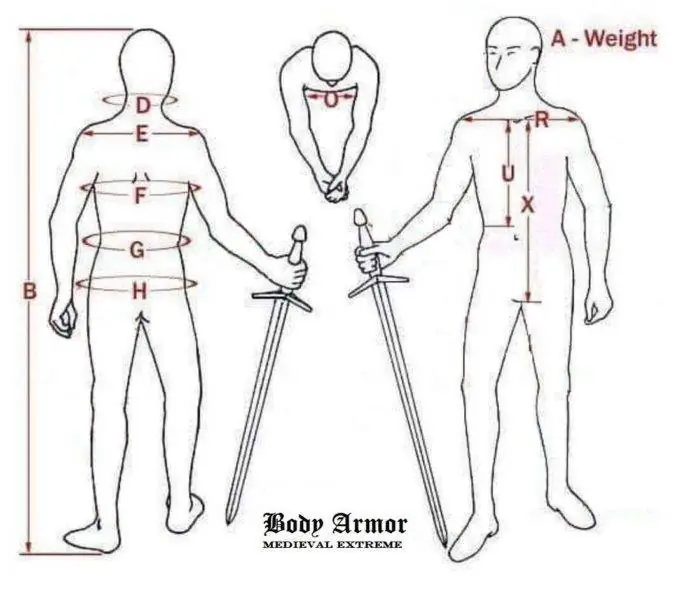
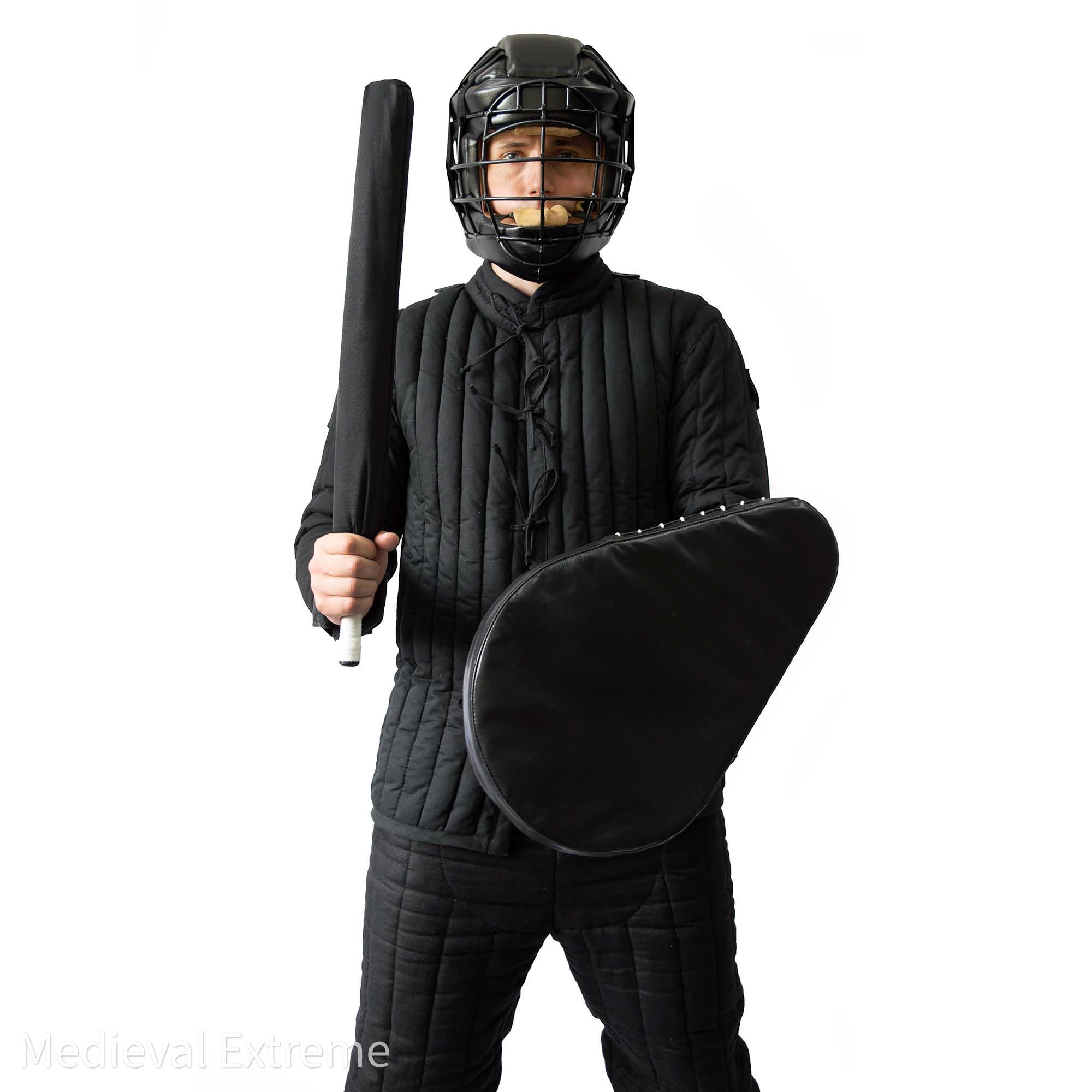
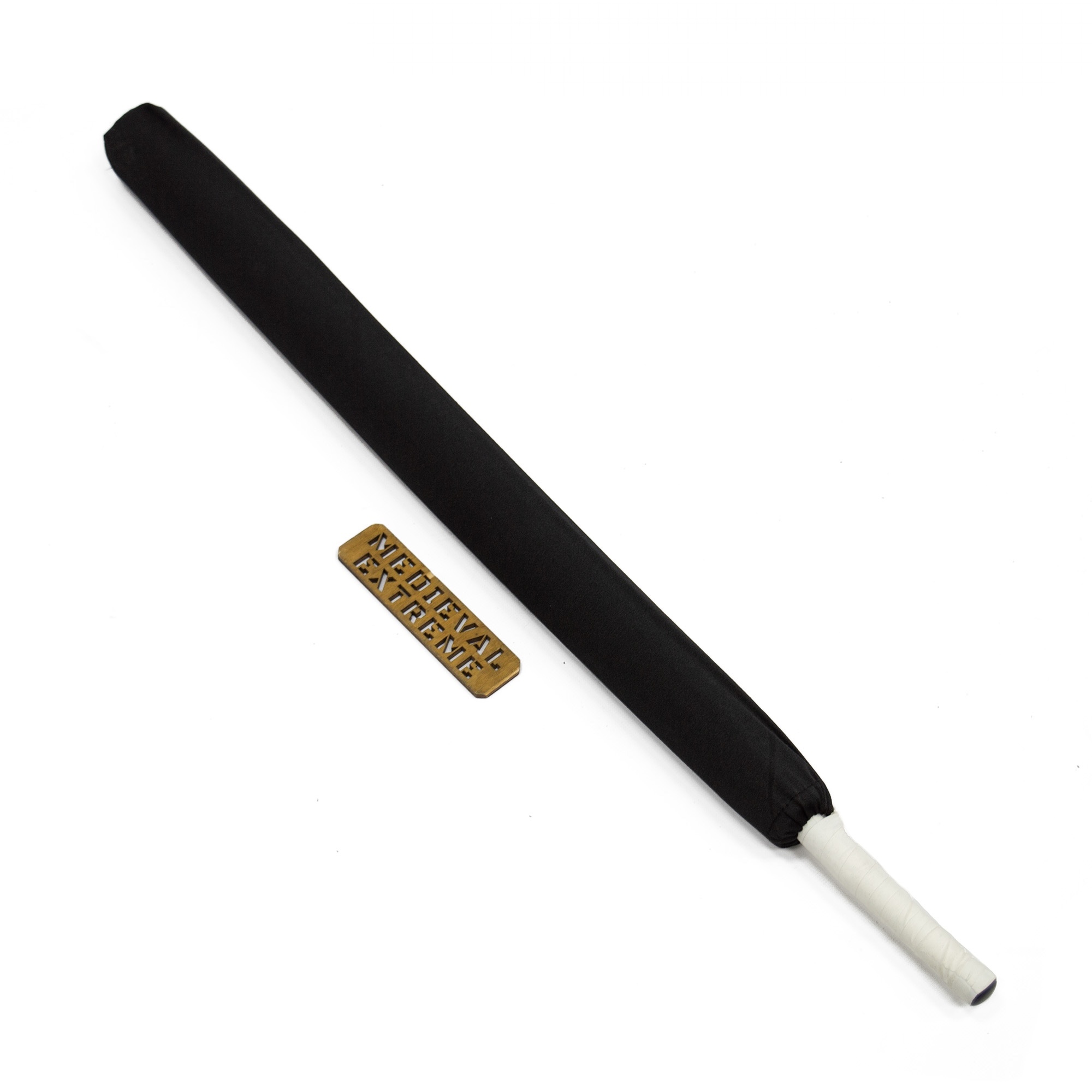


![Medieval boots with sabaton combo [9 segments]](https://medievalextreme.com/wp-content/uploads/2022/02/0B2858F1-F3BC-42F6-904F-6F9F475F4EB6-350x350.jpeg)
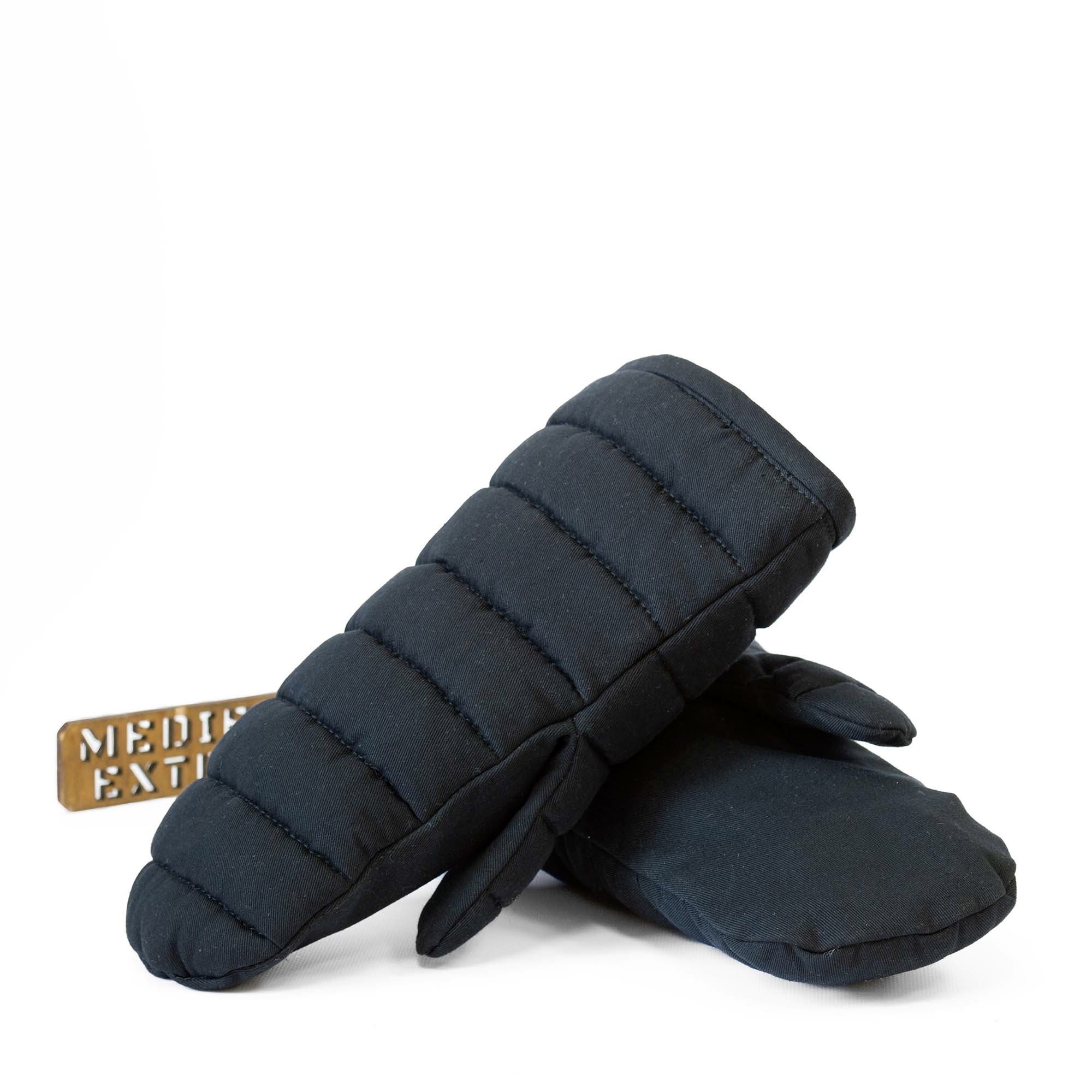
Whas missing the leather add-ons but was made very well
Fits nice and snug thanks to the adjustable straps! Edges were also rounded slightly to help reduce discomfort!
Gauntlet mits were very well made thin in palms to allow weapon grip and nice padding on top for good shock absorption.
Excellent quality as always. I keep coming back to M.E. due to their phenomenal consistency in making high quality gear.